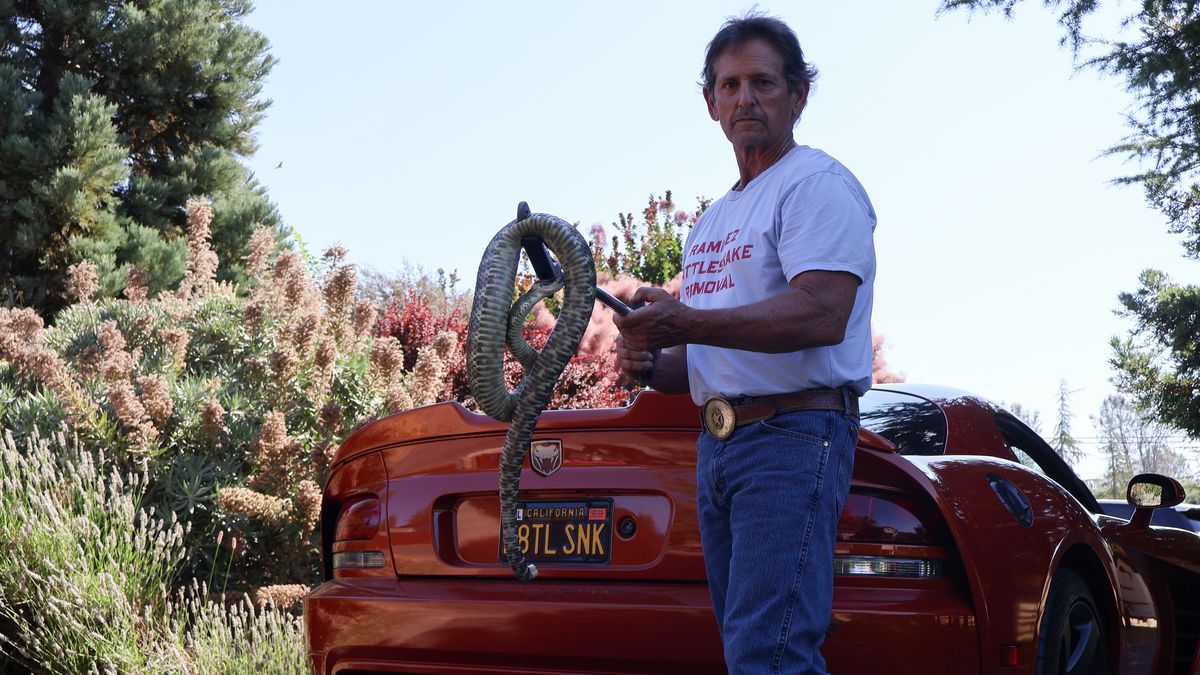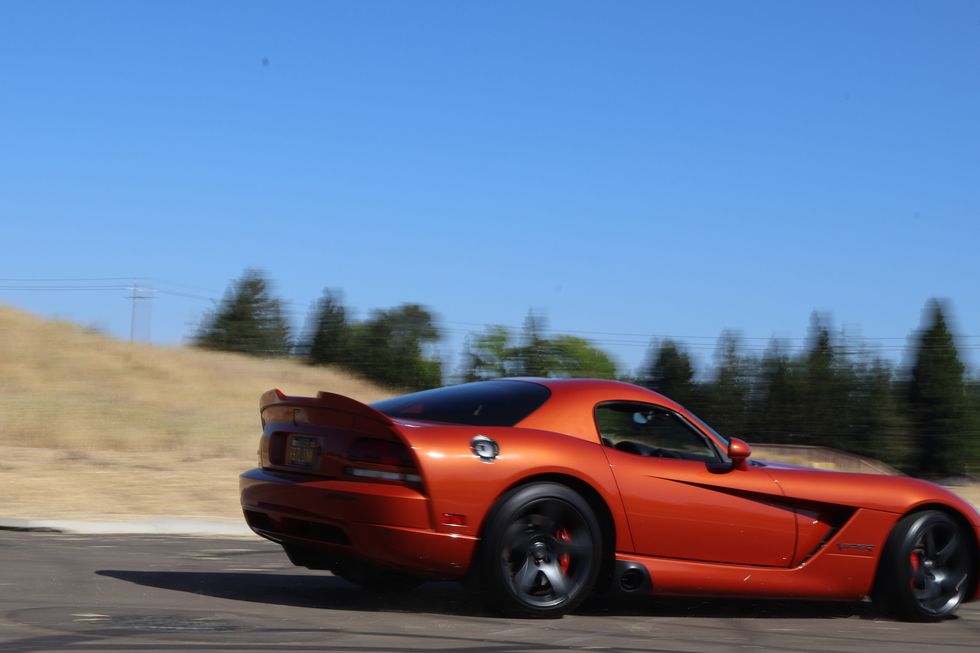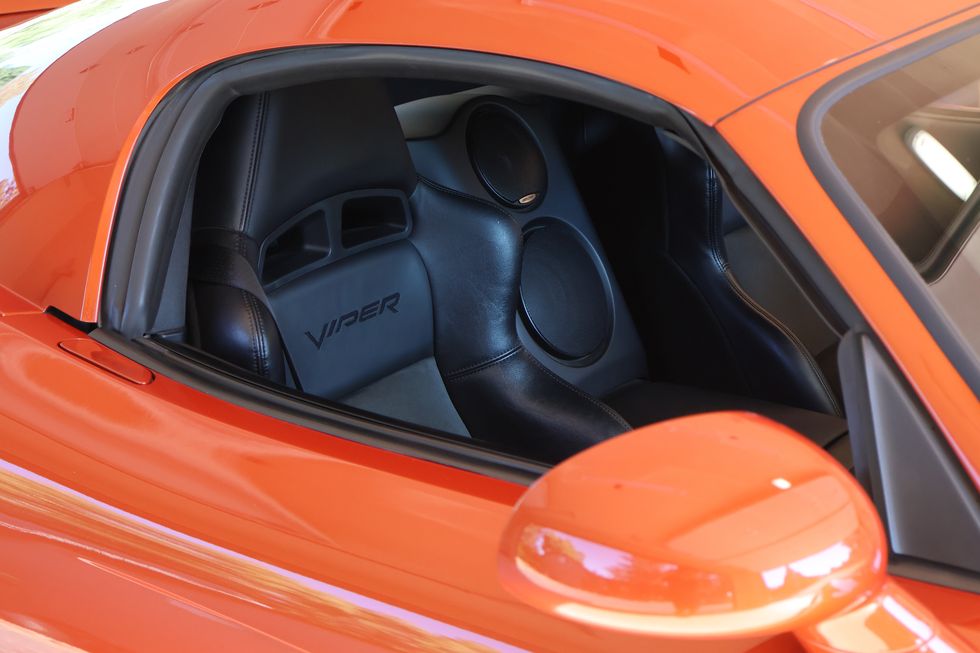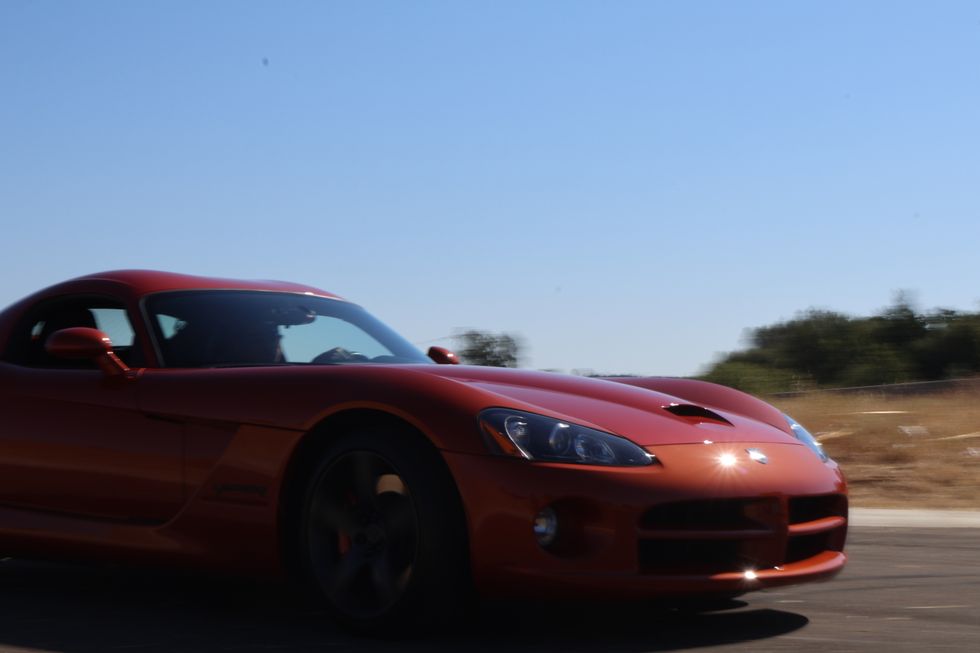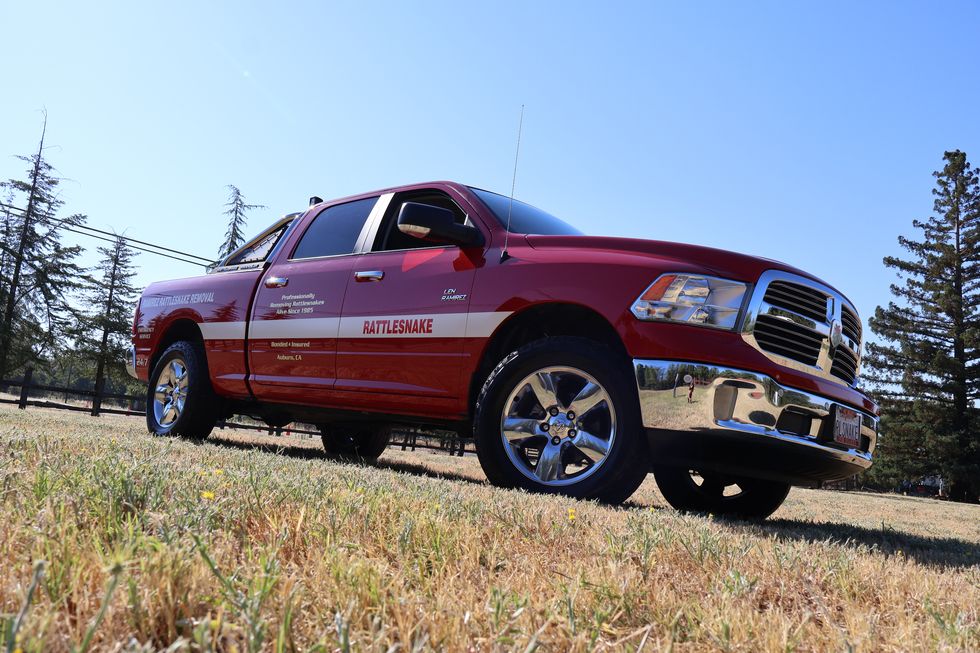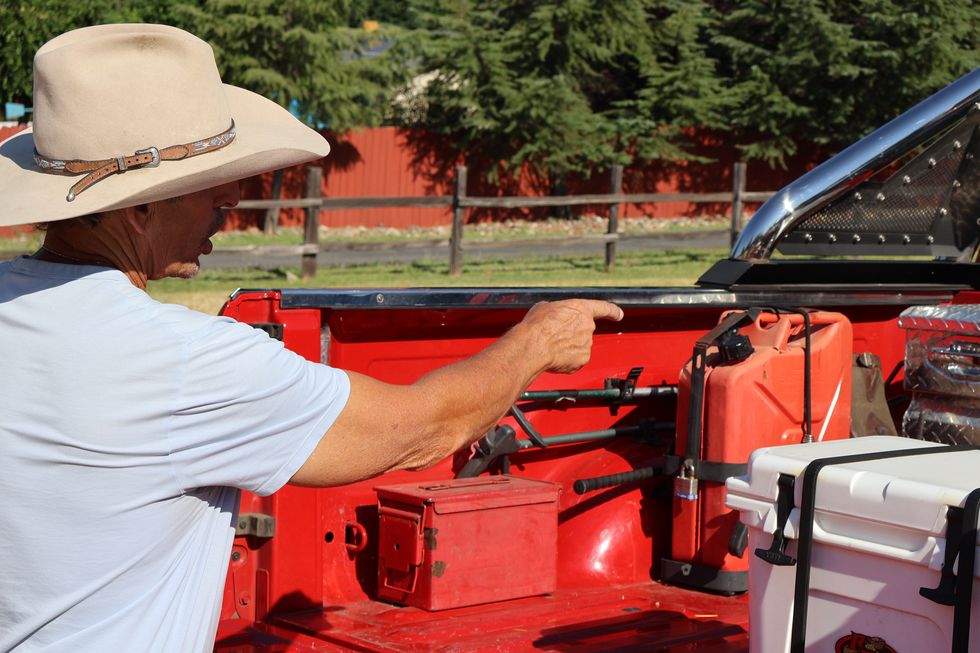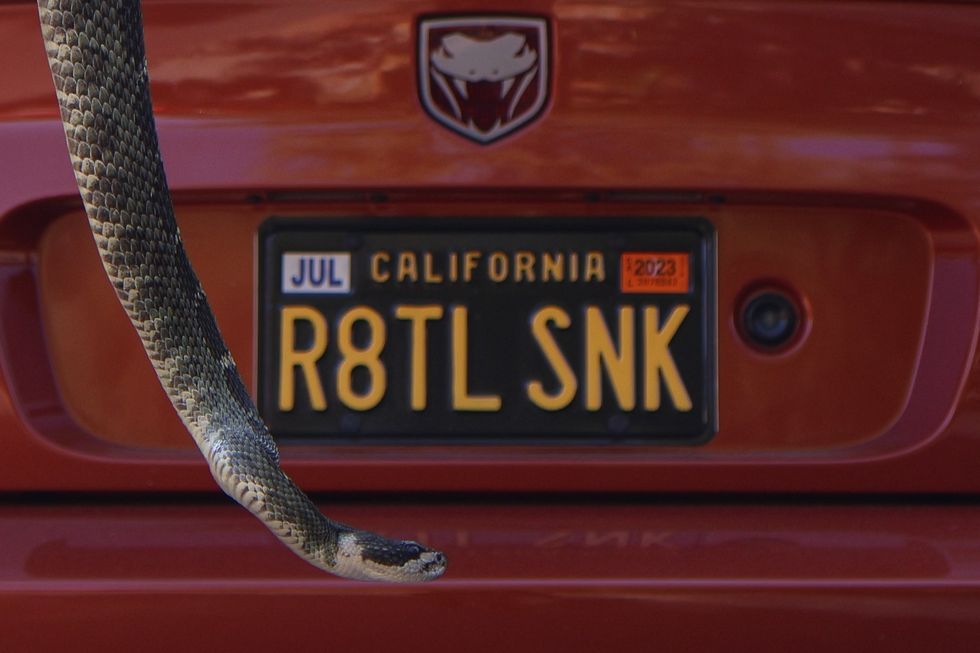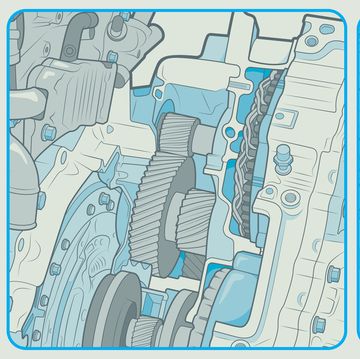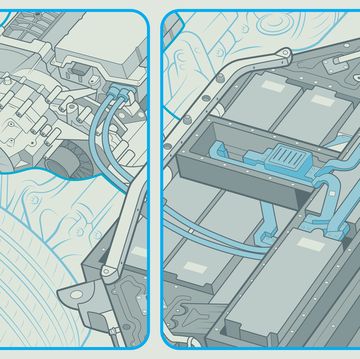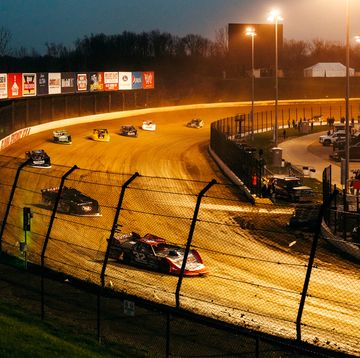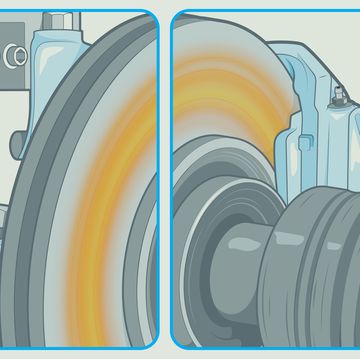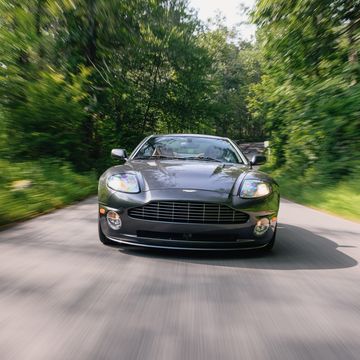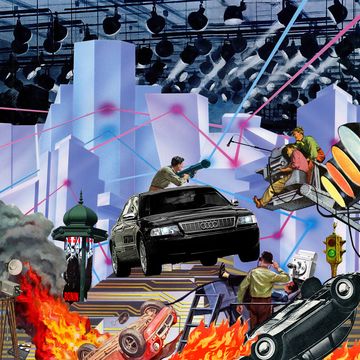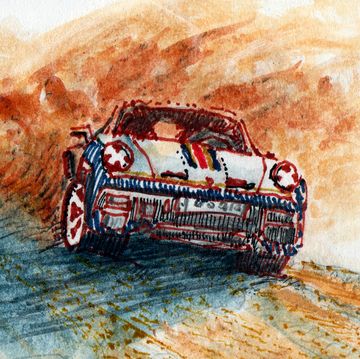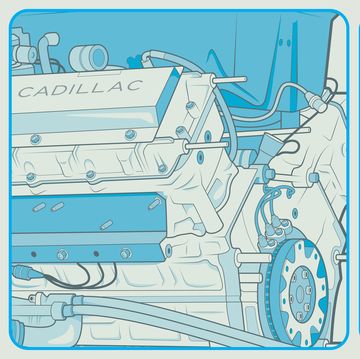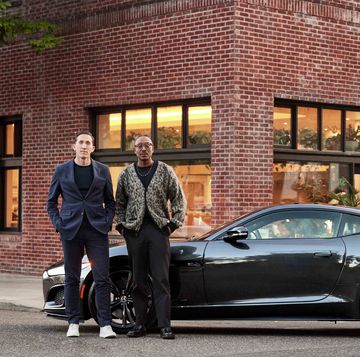“The Lord God said to the serpent… On your belly you will go, and dust you will eat, all the days of your life.”
—Genesis 3:14
“It felt like I had pricked my finger on a sharp object, like a rose thorn or a needle,” recalls Tony Gallo of El Dorado Hills, California. “Then I looked and saw him, hiding under a rosebush.” It was 10 p.m., and Gallo had been bitten by a rattlesnake in his backyard. He’d heard the rattling and thought it was a busted sprinkler head, so he reached down to fix it. “At a crowded ER,” he recalls, “I was treated like the most important person in the hospital. In seconds I had four people working on me. Heart monitoring equipment. They cut my wedding ring off.” He spent three agonizing days in an ICU. Six years later, he can almost straighten his finger. At least, he admits, he’s not dead.
Nothing can strike fear in the human soul like a rattlesnake encounter. In the wild, only sharks can compare. But sharks don’t show up on your doorstep or even in your home. Just ask R&T’s motorsport editor Fred Smith, who found himself in a standoff with one in his living room, as a kid. He remembers the stress level “like the Cuban Missile Crisis.”
If you encounter one, say, in your garage, who you gonna call? If you live in California, you call Len Ramirez, a legend of the Gold Country who has been rescuing rattlesnakes from people and people from rattlesnakes for 38 years.
You may have seen Ramirez in the National Geographic TV series “The Animal Extractors” or in the 2001 documentary “United Snakes of America.” You may have heard stories of him crawling under the foundation of a rural home at 3 a.m. to catch a serpent, or about the elaborate system of mirrors he uses to peer into holes before he climbs in for the hunt. What you may not have heard is that Ramirez is a first-class gearhead.
Viper Bitten
From the driver’s seat of his 2006 Dodge Viper SRT/10 Copperhead Edition, Ramirez hammers the accelerator and explains, at high volume over the V-10’s booming exhaust note, why he chose this car as his “play toy.” “I get 15 minutes of fun, that’s all I need,” he says. “I can decompress. Then I can go back to work. This car is how I unwind. I take chances for a living. So this is my release.”
We are cruising in the Sierra foothills on a trove of outstanding backroads north of Auburn, California. This Viper, Ramirez says, is the second that he has owned. The first, a 2000 roadster, burned up in a garage fire at his house. From his cellphone he produces photographs of the wreckage. You can see nothing but a mountain of smoldering ash, and in the middle, a sagging wheel—all that survived. “A tragedy,” he says.
He bought the Copperhead Edition at a Barrett-Jackson auction a couple years ago. It is a rare specimen, one of only 51 Copperheads built in 2006, which was the last year of the third-gen Viper. Copperhead refers only to the paint color and some interior nuance. Otherwise, this Viper is pretty much stock with the exception of a tail spoiler Ramirez had custom made and painted to match. The car had less than 7,500 miles when he bought it. The upgraded sound system still holds the CD that it had when he got the car home, in part because all the rest of his CDs burned up in the fire and in part because there’s no need for tunes in a Viper, anyway. The 500-horsepower, 8.3-liter V-10 provides all the music Ramirez needs.
The interior is all business—no touchscreen, no drive modes, no polished anything. From its launch in 1990, the Viper was created to fill a rather focused niche in the market. It’s about brute power and little else. The name was fitting, as the Viper could sink its fangs into you. Massive torque and zero traction control got this car sideways in a hurry, in the hands of an inexperienced pilot. R&T has called the first-generation “the last truly scary sports car” and “the most dangerous modern sports car.” “Legend has it that 30 percent of RT/10s were crashed on the way home from the dealer,” as former R&T scribe Bob Sorokanich put it.
The third generation Viper proved more pliant than the original—but barely. Ramirez likes to drive his at 4:15 a.m. Gigantic venomous snakes don’t intimidate him, but police cruisers do. So he roars on quiet roads before sunrise. “That’s when I jump on it,” he says. Zero to 60: 3.7 seconds. Top speed: 192.6 mph. Quarter-mile: 11.7 seconds. Those were big numbers when this Viper rolled off the line in 2006.
Cars often express the personality of their drivers. Is that why Ramirez owns this one, because it would naturally appeal to an ophidiophile? “That,” he says, “and it reminds me why I work my ass off.” When we return to his abode, he pulls his work truck onto his lawn. It has to be the only six-year old Dodge pickup we could imagine that’s more interesting than Ramirez's Viper.
The Truck Stops Here
Thirty-three years ago, Ramirez was a tennis pro. He taught backhands and volleys at racket clubs all over northern California. But he always loved to catch snakes, even as a kid. “It became natural for me, looking for snakes, collecting snakes,” he recalls. “I had a vision: to start a service. And it caught on immediately. Nobody else was doing it back then.” He realized at the start that his vehicle would be critical to his success. He needed dependability, on all kinds of terrain. He needed comfort, as his calls would take him on long drives, sometimes all night long.
His current 2017 Dodge Ram 1500 is like an Ecto-1 for rattlers. “Everything I need is in the back of this truck,” he says. “My tools, my lighting, mirrors, snake grabbers, hooks, kneeling pads, crawl gear.” What is crawl gear? “When I need to climb underneath a structure, underneath a building—this is the most dangerous part of the work,” he explains. He dons a full-body one-piece suit to keep the black widows off of him.
The truck has emergency lights mounted up top that are adjustable so he can aim them where he needs to see in the dark. The truck is two-wheel drive with a four-wheel drive lock at the touch of a button. “I use four-wheel drive on a regular basis,” he says. “I need to go to a lot of remote places.”
The livery is well thought-out. “People know I am serious when I show up in this truck,” he says. “I am not some guy who slaps a magnet sign on his vehicle when he gets a call.” When Ramirez’s phone rings, it is often from somebody who googled him and is in a moment of crisis. Quite possibly, total panic. The moment they see this red truck, they know they are in good hands. “This is a serious emergency vehicle,” Ramirez says, “and we are a 24-hour service.”
When he captures snakes, he keeps them in a storage container in the truck bed and ultimately releases them. In 38 years, he has never killed a snake. “We promote all living things,” he says of his company. “Our approach is to remove the threat and reintroduce the snake into a remote and undisturbed environment. That way it can continue its existence for the valuable roll it plays in our ecology.” In our interview, he asks R&T not to ask two specific questions: Has he ever been bitten? And what kind of fees does he charge?
Before we leave, he pulls out a couple rattlers from a safe storage space and places them in a plastic trash can. The rattling doesn’t match the volume of the Viper’s V-10, but it will get your attention fast. Ramirez caught these two the day before on someone’s property in Loomis, California. With his grabber tool, he holds one up in front of his Viper’s “R8TL SNK” license plate. Which viper is scarier, the Dodge or the rattler? Hmmm.
A.J. Baime is the author of seven books, including Go Like Hell: Ford, Ferrari, and Their Battle for Speed and Glory at Le Mans, and The Accidental President: Harry S. Truman and the Four Months that Changed the World. An R&T editor-at-large, he has driven cars on racetracks all over the U.S. and Europe, going back to 2007. He is proudly the R&T staff’s slowest track driver.
